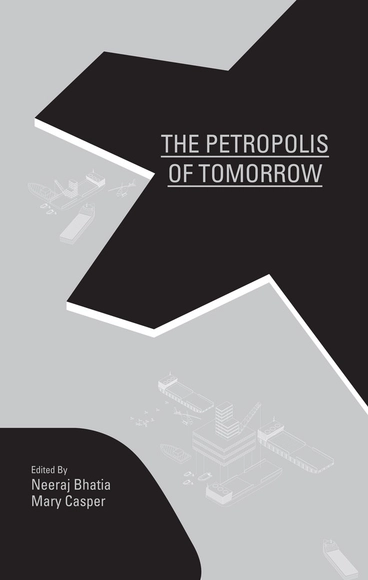![Call for Papers: Bracket [On Sharing] - Featured Image](https://snoopy.archdaily.com/images/archdaily/media/images/5a67/49f0/f197/cc69/0100/03b7/slideshow/open-uri20180123-21405-bbfo4v.jpg?1516718559&format=webp&width=640&height=580)
Sharing is one of the humanity’s most basic traits; we intrinsically recognize the benefits of pooling resources within a community in order take advantage of varied abilities and access in order to fulfill needs. Sharing is the key driver behind civilization’s move towards collective living – first in small settlements and eventually in megalopoleis. The impact of sharing goes beyond simply satisfying the necessities for survival and extends itself into the social and cultural dimensions of our communities. In constructing an urban commons, composed of collectively managed and shared resources, we shape our physical, social, and cultural environments





 by Moshen Mostafavi has a special place on my bookshelf.
by Moshen Mostafavi has a special place on my bookshelf.